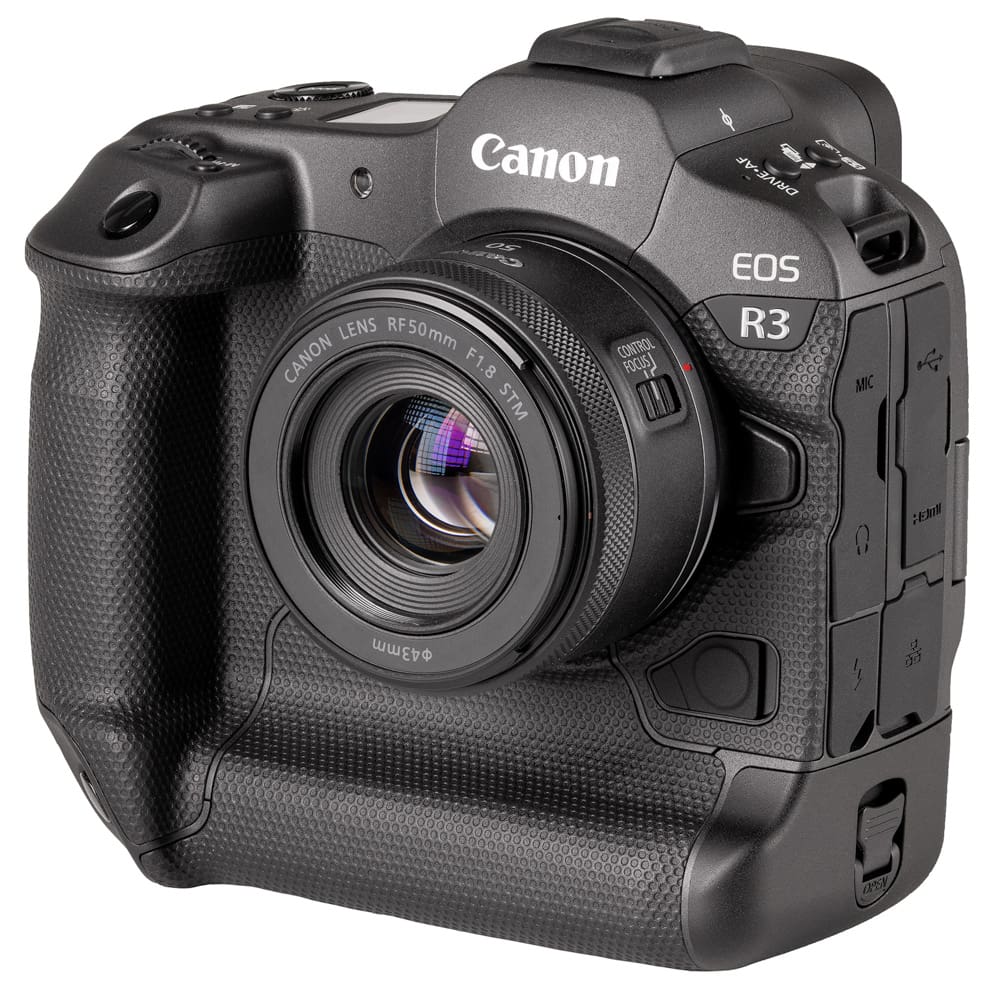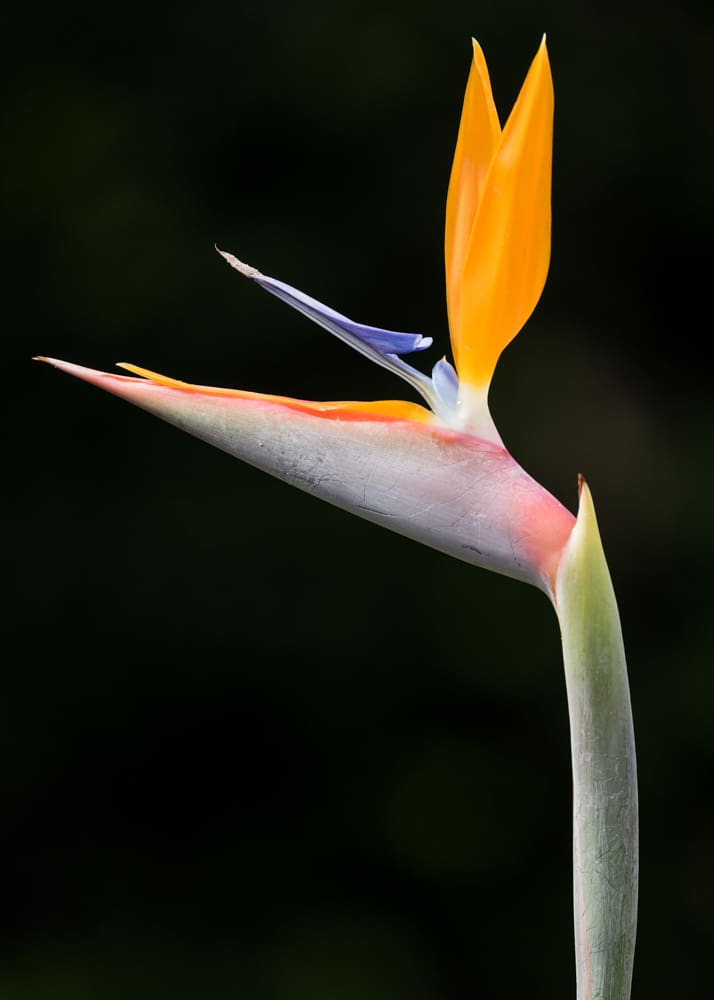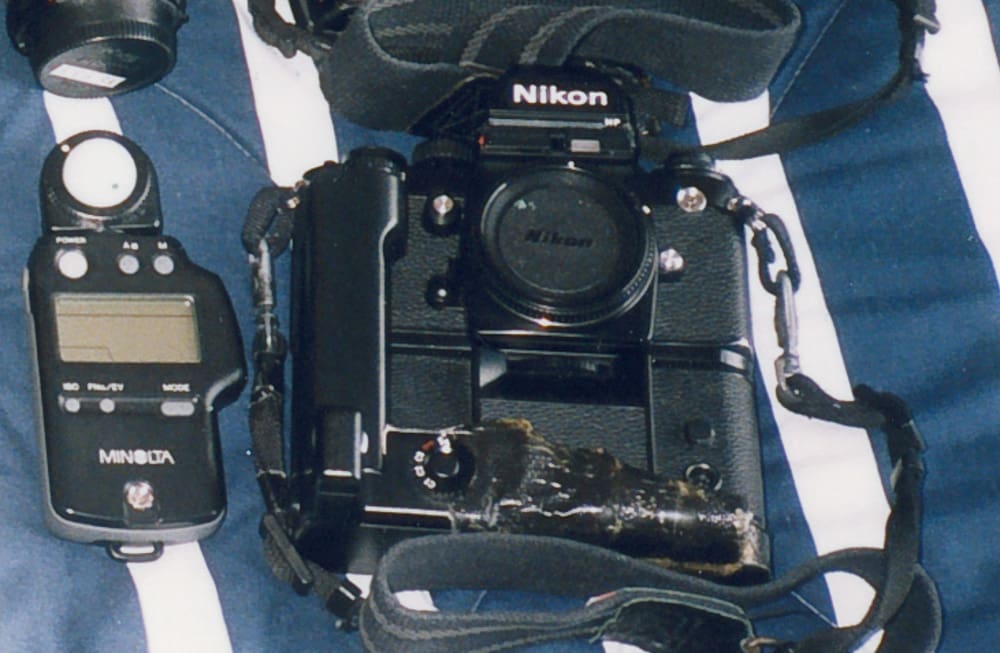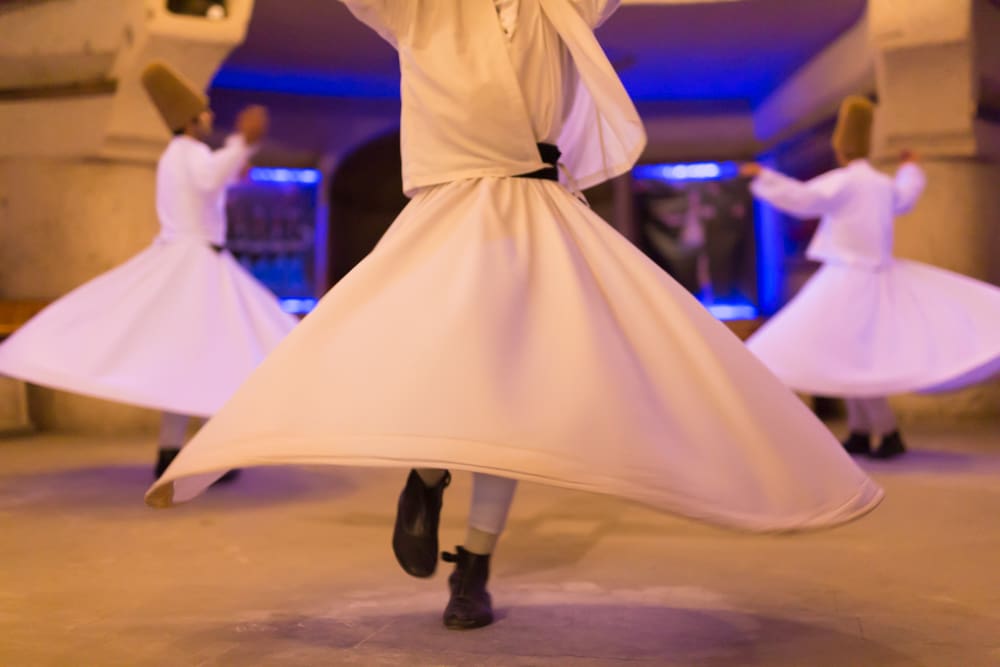If I were to design the “perfect” camera, it would be one that would allow me to compose the image exactly as I see fit. The Canon R3 is one of a small collection of cameras that permanently includes a vertical grip for easier vertical composing of images. This vertical grip does indeed make shooting and composing of vertical images easier and faster and thus, brings this camera a step closer to perfection in my opinion.
I know that I have frequently mentioned my admiration for small and lightweight cameras that lend themselves to easy travel partners. But, I believe I can hold two different opinions when it comes to two different priorities; right?
Journey or Destination?
If photography is integral to your journey, then size, weight, and ease of operation would be logical priorities. Being one that partakes on many journeys I am the first to understand the concept of limited resources. A standard camera with a standard grip might allow you an extra lens in trade for a larger camera with a double grip like the R3.

If your priority is the destination, what happens there and how best to capture it, then you start to look at your gear a little differently. Your concern is not about how much effort it takes to get there — you’ll figure that one out — its about how good of tool you have to work with when you need it.
Canon R3
The Canon R3 is my first dual-grip camera in a long time; a very long time. The Nikon F4s was my first pro-level camera and it featured an integrated vertical grip. The camera was also available internationally with just the standard grip option, known as the F4. The Nikon F4s was the first, to my knowledge, to offer a dual-grip 35mm camera right out of the box.
This integrated full-grip design has been a standard feature of top-of-the-line cameras from Canon (1D series), Nikon (D1 to D6), and a few others (Olympus OM-D E-M1X). While the R3 is a great camera, Canon has already hinted at an upcoming R1. That means that the R3 is the first non-flagship camera to feature the dual grip.
A serious tool
Most people have not had the opportunity to use a dual-grip camera. The big, heavy, and expensive cameras aren’t the best fit for many peoples needs. This is completely understandable for the casual photographer that wants to carry a camera on a regular basis with a minimum of impact.

The dual grip cameras are serious tools for when you want to get serious, and this is why so many professionals choose them. The dual grip is just one of many aspects that can put a camera into the professional category.
Shooting verticals isn’t hard
Shooting verticals isn’t hard with a standard camera, you just turn it 90 degrees. Which direction you turn the camera is up to you. Most go with a counter-clockwise twist putting the shutter on top, while others go with a clockwise twist and a cramped hand pressing the shutter on the bottom. I believe the shutter hand on top is a bit more comfortable, but possibly a bit less stable. Neither one leaves me in a position that I find particularly comfortable for anything more than a short period of time.
Oh, how I yearn for the days with a Hasselblad where the square format solved so many of these issues. But let us not get distracted here with medium format options.

Not having a dual grip camera really doesn’t matter that much when you are on a tripod. The L-bracket solves a number of issues and is easily one of my favorite camera accessories. There might be other features of the dual-grip camera that are great to have, but mounted on a tripod, the vertical grip just doesn’t do you much good.
The real benefit
While everybody shoots handheld vertical from time to time, the big benefit of the dual-grip camera is to those that photograph people on a regular basis. People as a photographic subject, generally speaking, are vertical for most of their waking hours, making them a perfect fit to the vertical frame.

News, sports, and portrait photographers all tend to focus on people for much of their work. These genres are also heavily populated with paid professionals and thus the core reason why dual-grip cameras are often found on top-of-the-line cameras.
The dual-grip camera is much more comfortable to shoot with vertically, especially for a long period of time. While traveling, if I am taking a portrait, it’s often for not more than a few minutes. A professional portrait session may be 15 to 30 minutes or possibly more than an hour. Spending that much time with your arms in an uncomfortable position gets downright difficult. Ask anyone who’s painted a ceiling with a brush and you’ll learn that most people’s arms don’t have that much endurance when placed in unusual positions.
The compromise
The obvious solution to the single-grip or dual-grip conundrum is the add-on vertical grip. Available for most mid to upper-end cameras, the vertical or battery grip has been a good solution for the camera makers to please different types of photographers.
Vertical or battery grips come in all sorts of flavors so do check them out closely before you pick one up. They can offer, or not offer, any of the following benefits: vertical shooting, dual battery storage, additional buttons for vertical shooting, improved grip, enhanced performance, or longer video recording time. Some camera makers choose to only embrace a limited number of the benefits listed above. I’ve seen some offerings that seem to fulfill a need for vanity more than one for practicality.
The early days of vertical grip
Back in my film days, two of my favorite old school cameras were the F3HP and the FM2. Both of these cameras offered battery grips that featured more or better batteries so as to increase the frames per second. For about $400 or $1,000 (adjusted for inflation), you could get your camera to shoot at 4 to 5.5 fps.
With each of these battery grips they featured a remote port that could be fitted with a trigger release. While not ergonomically perfect they would provide a vertical trigger for the camera.
My youthful enthusiasm propelled me to make my own vertical grip. Not having a proper manufacturing facility or materials to use I turned to Dad’s workshop and some spare pieces of wood and duct tape. I cut and carved a piece of wood that when attached to the motordrive with duck tape provided a comfortable vertical grip.

The result of the duck tape adhesion process was a bit of a hot mess but I layered it with a rubber cement that gave the camera a pretty good grip. While I enjoyed the process of creating and making the grip, I’d now be quite happy to shell out a few hundred dollars to have a properly fitted grip.
Vertical grip – who’s it for
If you own a camera for which a vertical grip is available I believe it’s easy to decide if you should get that grip. If you handhold the camera to photograph people or anything else vertical for more than a few shots at a time, you will benefit from a vertical grip. The more you shoot this way, the more you’ll benefit from it.
Being free and comfortable to compose as you like only aids you in the pursuit of the image you desire. While not for everyone, the vertical grip and the dual-grip cameras will be a mainstay of the serious photographer for as far as I can see.
Become part of John’s inner circle
Sign up for the newsletter here – it’s free.
Want to become a better photographer?
Check out John’s selection of photography and camera classes here.



